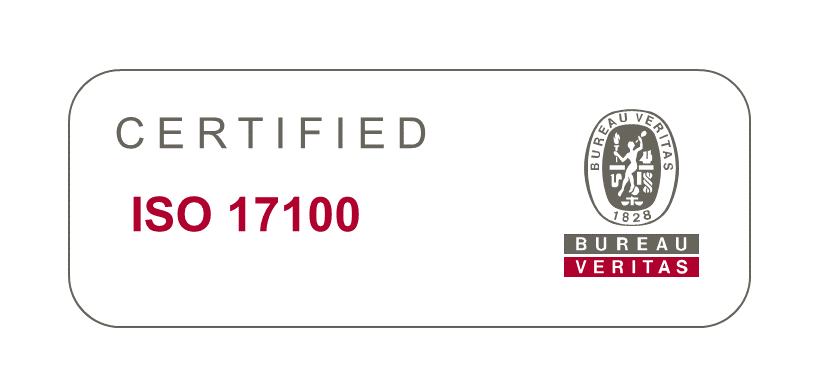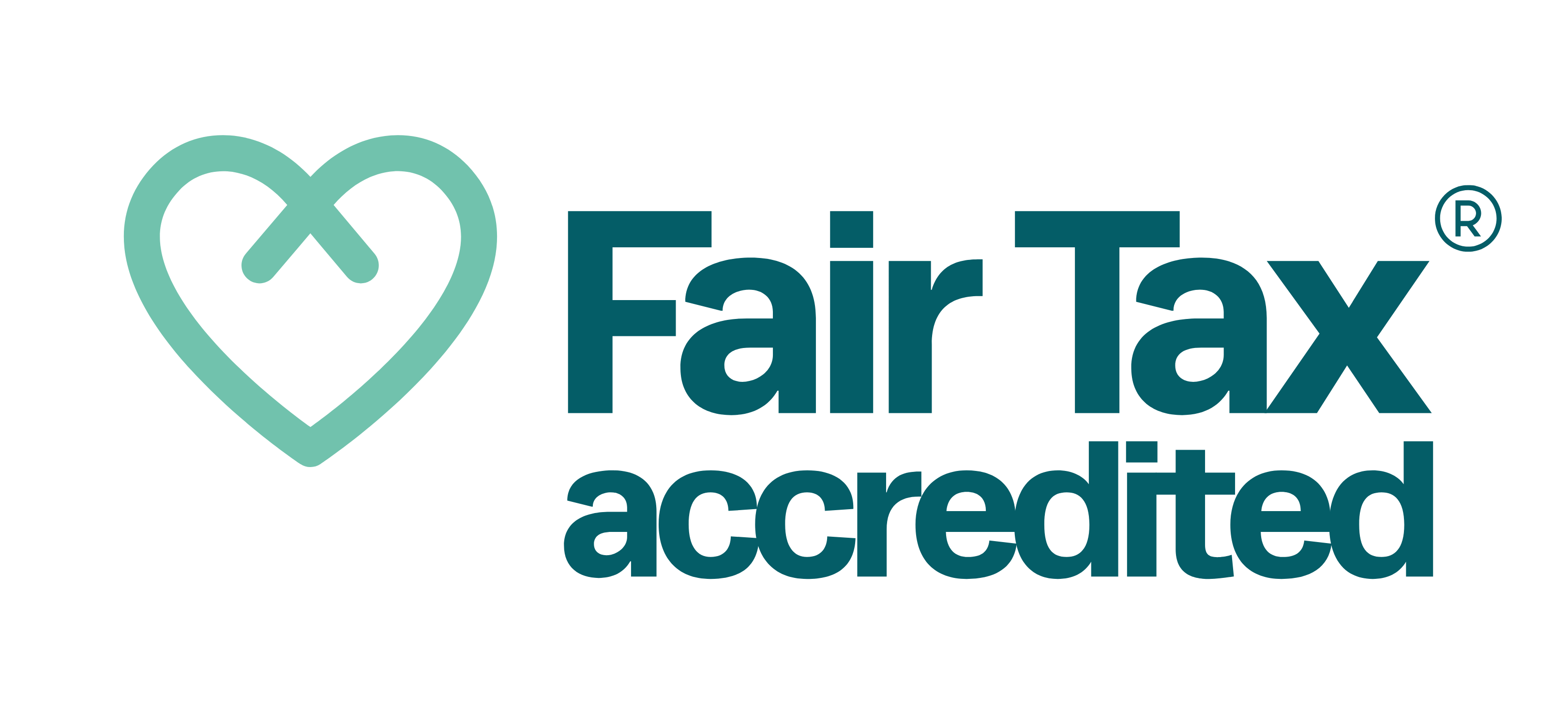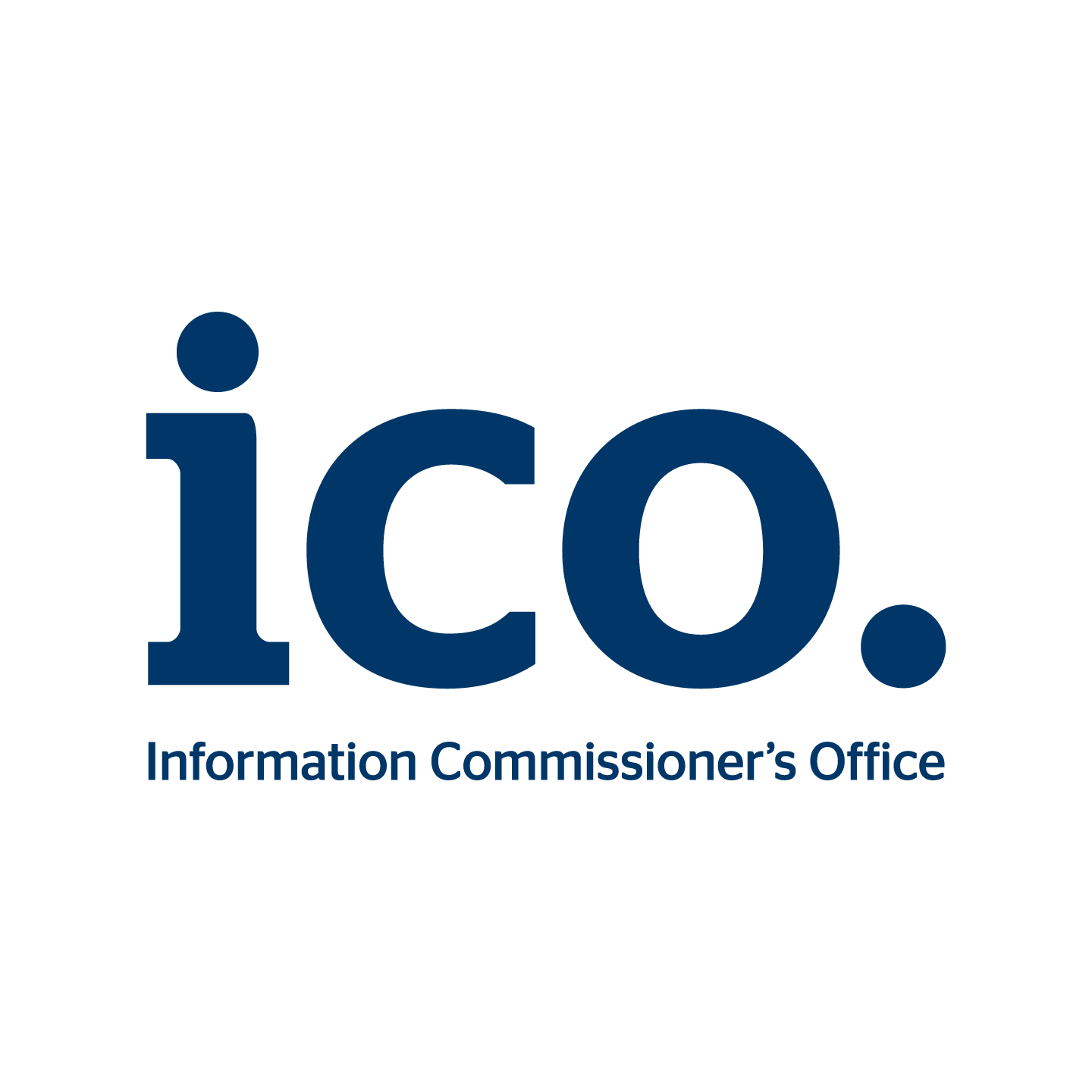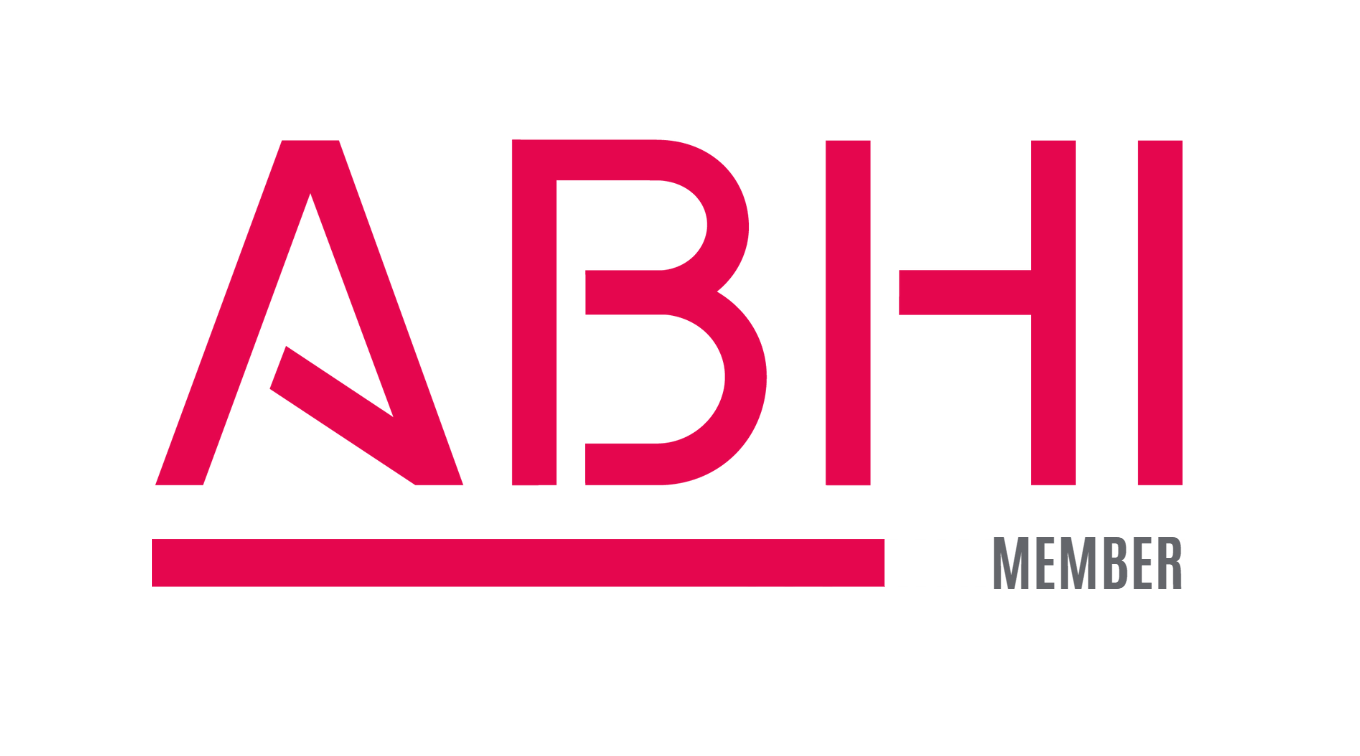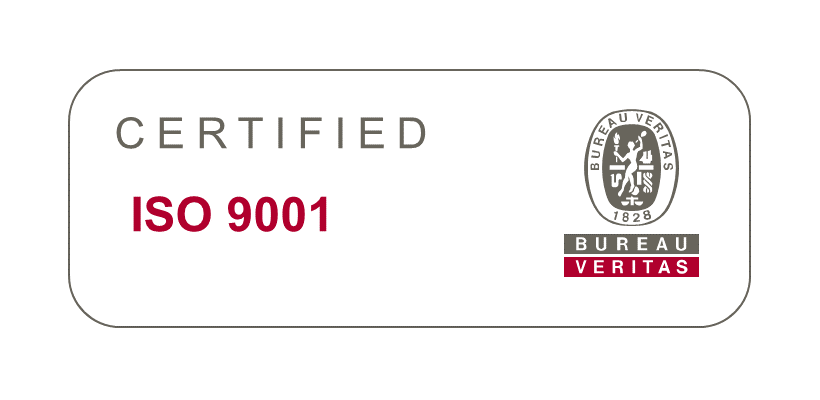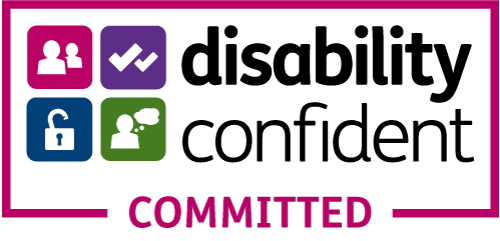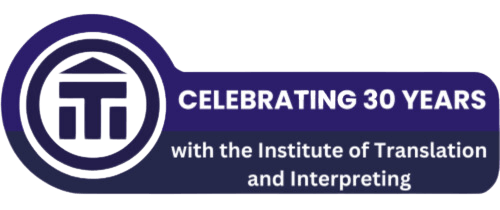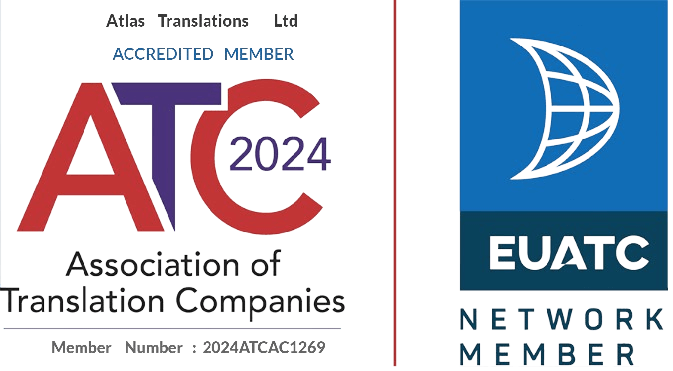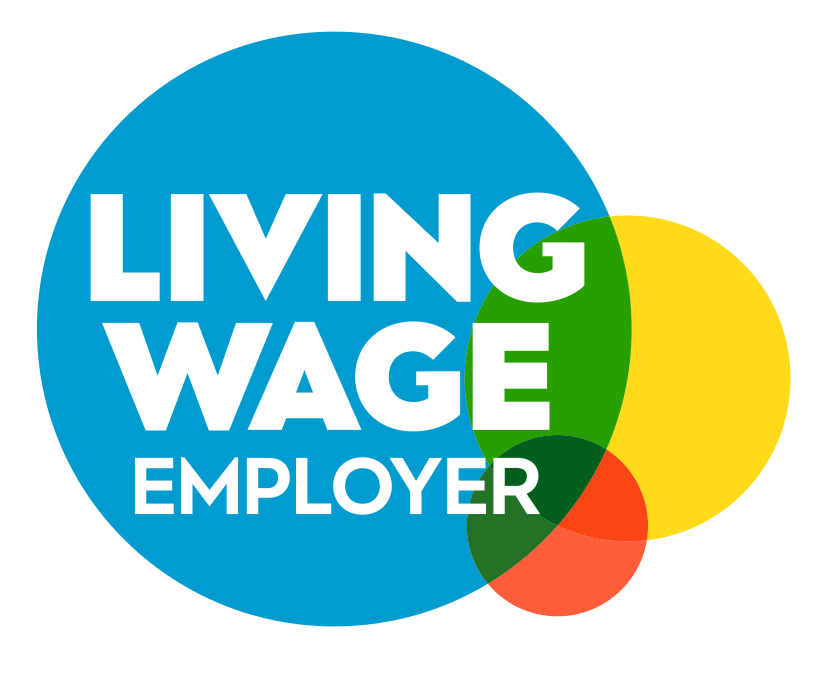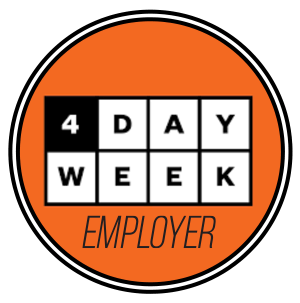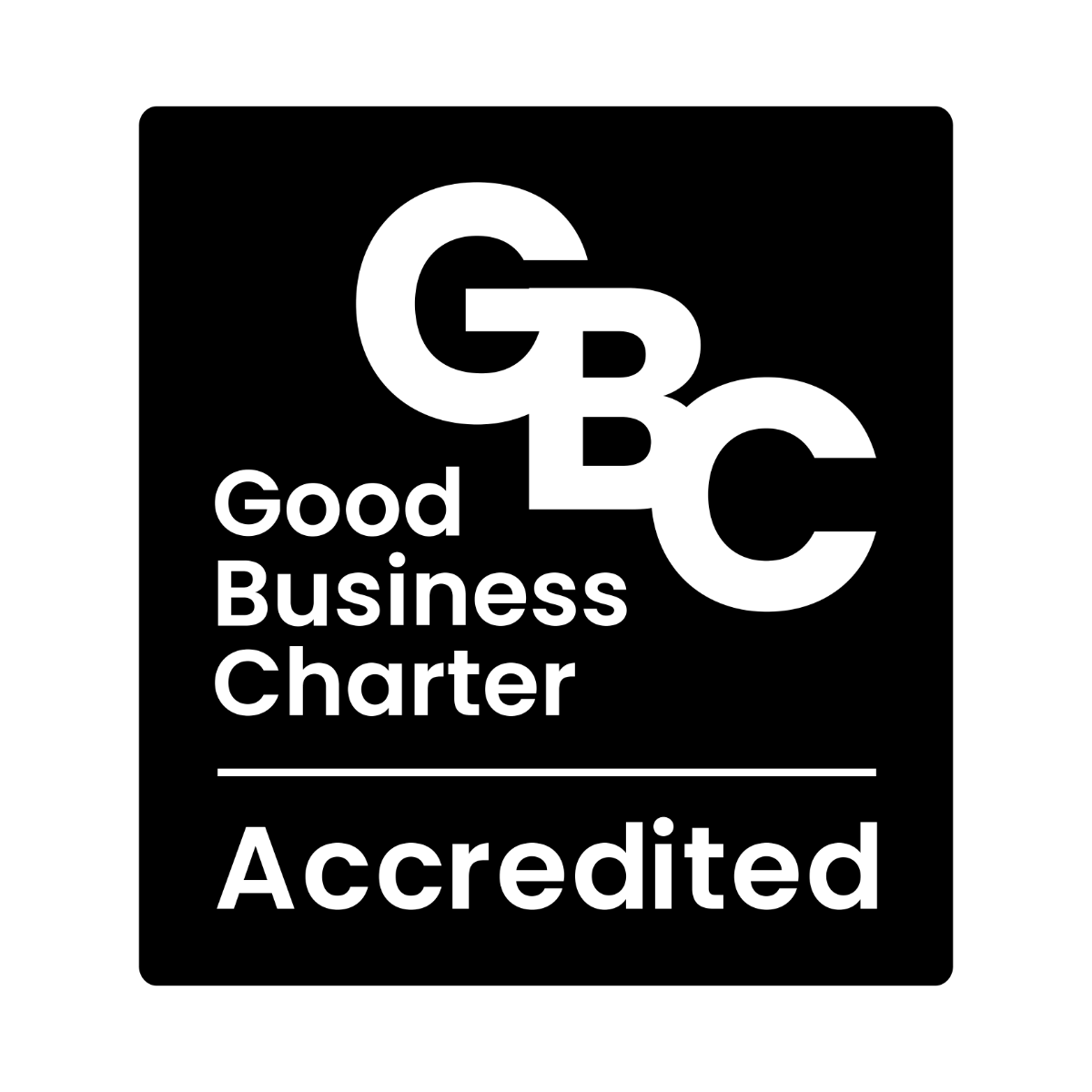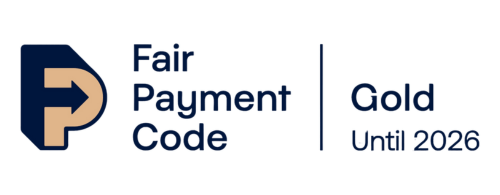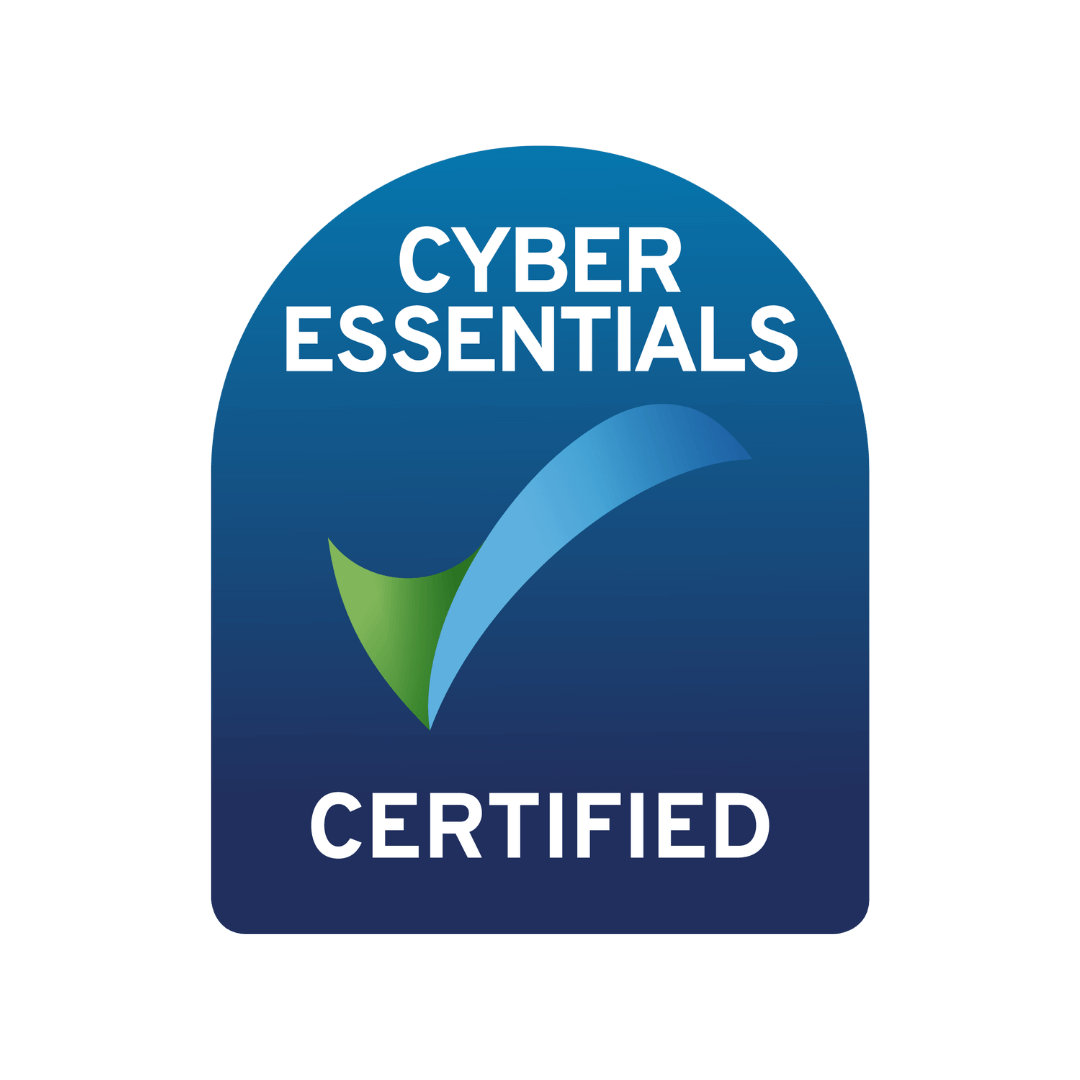Cherokee – Endangered Languages
This is the first in our new series which will be taking a look at some of the languages around the world which are considered to be endangered. There are a few different ways of categorising these languages; one of the best is done by The Endangered Languages Project, which aims to build up and spread knowledge about all the different languages that could potentially be on the path to extinction in order to preserve them. There are a few different ways of describing just how endangered a language is and the different categories are sometimes referred to as “Levels of Vitality”. Here are a few examples: At Risk/Vulnerable, Endangered, Definitely Endangered, Severely Endangered, Critically Endangered, Dormant, and Awakening. We’ll go into a bit more detail about these as we look at individual languages throughout this new blog series.
Today, we’re going to get the ball rolling with Cherokee: a Native American language spoken by the Cherokee people, mainly in the U.S. states of Oklahoma and North Carolina. With only around 12,000 native speakers out of more than 300,000 tribal members, the language is classed as “Definitely Endangered.” In other words, children are no longer learning the language as a mother tongue in the home.
A bit of History
Up to the 1820s, the Cherokee language was a spoken language only, and had suffered a severe downturn due to massive population decline, warfare, and influence from newly arrived European languages. It was in the 1820s that a writing system was first developed by a Cherokee silversmith called Sequoyah. It isn’t an alphabet in the traditional sense but rather a “syllabary”; that is, a set of written symbols which represent the syllables which make up words. For the one used in modern Cherokee, there are 85 symbols in all (one less than that of Sequoyah’s which had 86). It took a lot of work to convince the Cherokee people to adopt this writing system but once they did, literacy rates soared to the point where more Cherokee people were literate in this new syllabary than Europeans were with the Latin alphabet.
The Cherokee Syllabary
| a | e | i | o | u | v | ||||
| Ꭰ a | Ꭱ e | Ꭲ i | Ꭳ o | Ꭴ u | Ꭵ v | ||||
| Ꭶ ga | Ꭷ ka | Ꭸ ge | Ꭹ gi | Ꭺ go | Ꭻ gu | Ꭼ gv | |||
| Ꭽ ha | Ꭾ he | Ꭿ hi | Ꮀ ho | Ꮁ hu | Ꮂ hv | ||||
| Ꮃ la | Ꮄ le | Ꮅ li | Ꮆ lo | Ꮇ lu | Ꮈ lv | ||||
| Ꮉ ma | Ꮊ me | Ꮋ mi | Ꮌ mo | Ꮍ mu | |||||
| Ꮎ na | Ꮏ hna | Ꮐ nah | Ꮑ ne | Ꮒ ni | Ꮓ no | Ꮔ nu | Ꮕ nv | ||
| Ꮖ qua | Ꮗ que | Ꮘ qui | Ꮙ quo | Ꮚ quu | Ꮛ quv | ||||
| Ꮝ s | Ꮜ sa | Ꮞ se | Ꮟ si | Ꮠ so | Ꮡ su | Ꮢ sv | |||
| Ꮣ da | Ꮤ ta | Ꮥ de | Ꮦ te | Ꮧ di | Ꮨ ti | Ꮩ do | Ꮪ du | Ꮫ dv | |
| Ꮬ dla | Ꮭ tla | Ꮮ tle | Ꮯ tli | Ꮰ tlo | Ꮱ tlu | Ꮲ tlv | |||
| Ꮳ tsa | Ꮴ tse | Ꮵ tsi | Ꮶ tso | Ꮷ tsu | Ꮸ tsv | ||||
| Ꮹ wa | Ꮺ we | Ꮻ wi | Ꮼ wo | Ꮽ wu | Ꮾ wv | ||||
| Ꮿ ya | Ᏸ ye | Ᏹ yi | Ᏺ yo | Ᏻ yu | Ᏼ yv | ||||
In this same decade, thanks to the creation of this writing system, the Cherokee language had its own newspaper (albeit briefly) and over the course of the following decades, the stories of the Bible were gradually translated as well.
The Language Now
Unfortunately, when the Cherokee people were relocated to Indian Territory, usage of the Cherokee Syllabary and Cherokee languages declined until it reached the levels seen today, making it one of the world’s endangered languages. The news is not all bad, however. In 2008 the Cherokee Nation set up a new language preservation plan with the long-term aim of making 80% or more of the Cherokee people fluent in their language once again within the next 50 years. Over $4.5 million has already been invested into this project already, particularly in schools, to ensure that children are learning the Cherokee language as a mother tongue (taking the language out of the “Definitely Endangered” category).
Interesting Words and Phrases
ᎤᎵᎮᎵᏍᏗ (Ulihelisdi) = Welcome
ᎪᎵᎦ (Goliga) = I understand
ᎰᏩᏧ (Howatsu) = Please
ᏩᏙ (Wado) = Thank you
ᎥᏍᎩᎦ (Vsgiga) = December (lit. “Month of the Snow Moon”)
ᏗᏘᏲᎯᎯ (ditiyohihi) = Lawyer (lit. “he argues repeatedly and on purpose with a purpose”)
ᏗᏓᏂᏱᏍᎩ (didaniyisgi) = Policeman (lit. “the final catcher” or “he catches them finally and conclusively”)

